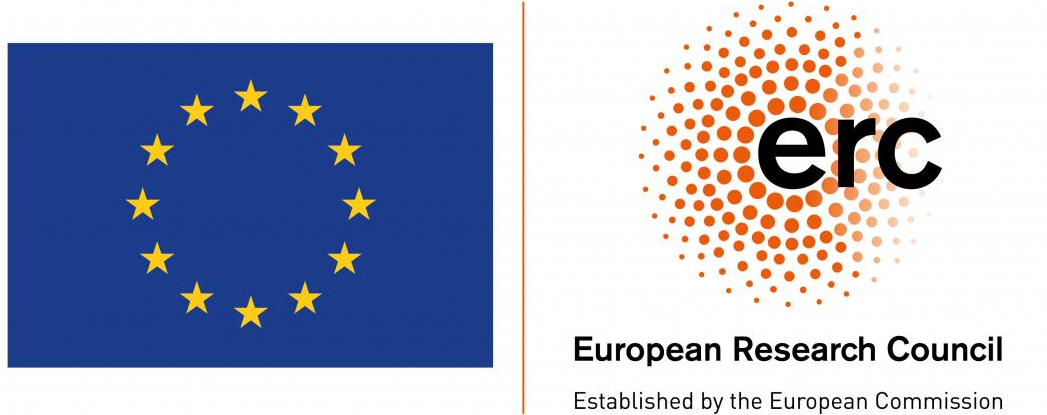We study computational aspects of a well-known single-winner voting rule called the Schulze method [Schulze, 2003] which is used broadly in practice. In this method the voters give (weak) ordinal preference ballots which are used to define the weighted majority graph (WMG) of direct comparisons between pairs of candidates. The choice of the winner comes from indirect comparisons in the graph, and more specifically from considering directed paths instead of direct comparisons between candidates. When the input is the WMG, to our knowledge, the fastest algorithm for computing all winners in the Schulze method uses a folklore reduction to the All-Pairs Bottleneck Paths problem and runs in $O(m^{2.69})$ time, where $m$ is the number of candidates. It is an interesting open question whether this can be improved. Our first result is a combinatorial algorithm with a nearly quadratic running time for computing all winners. This running time is essentially optimal. If the input to the Schulze winners problem is not the WMG but the preference profile, then constructing the WMG is a bottleneck that increases the running time significantly; in the special case when there are $m$ candidates and $n=O(m)$ voters, the running time is $O(m^{2.69})$, or $O(m^{2.5})$ if there is a nearly-linear time algorithm for multiplying dense square matrices. To address this bottleneck, we prove a formal equivalence between the well-studied Dominance Product problem and the problem of computing the WMG. We prove a similar connection between the so called Dominating Pairs problem and the problem of finding a winner in the Schulze method. Our paper is the first to bring fine-grained complexity into the field of computational social choice. Using it we can identify voting protocols that are unlikely to be practical for large numbers of candidates and/or voters, as their complexity is likely, say at least cubic.
翻译:我们研究一个众所周知的单一赢者投票规则的计算方面,这个规则称为Schulze方法[Schulze, 2003],这个方法在实际中广泛使用。在这个方法中,选民提供(弱)或偏重选票,用来定义双候选人之间直接比较的加权多数图(WMG)。优胜者的选择来自图中的间接比较,更具体地说来自考虑定向路径,而不是候选人之间的直接比较。根据我们的知识,计算Schulze方法中所有赢者的最快算法使用对全Pairs Bottolneck Paths问题进行民俗削减。在这个方法中,用$(m%2.69}运行的偏差(美元),用美元进行加权多数多数多数多数多数。我们的第一个结果是组合算算算算法,用几乎四分数计算所有赢者的时间运行所有赢者。这个算法首先可以确定Schulze赢家的输入不是WMG,而是按偏差配置,然后将WMG算算出一个小数,用WMG的平面的平价问题在接近一美元之间,如果我们算算算算算算算,那么一美元。



